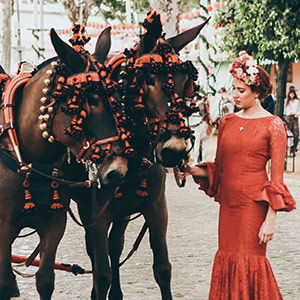Madrid, El Escorial and Aranjuez
This impressive example of Spanish heritage is located in the Region of Madrid. One of the Spanish capital's most representative spaces is the historical complex of the Royal Palace in Madrid, built in the 18th century under the mandate of King Felipe V and the location for official ceremonies organised by the current King of Spain. At its feet are the gardens of Campo del Moro, a green oasis of more than 20 hectares and with free access all year round. In front of the palace, on one side of Plaza de Oriente, is the Royal Monastery of La Encarnación and, a short distance from Plaza de Ópera, the Royal Monastery of the Descalzas Reales; these architectural icons date back to the Spanish Habsburg dynasty of the 16th and 17th centuries.One of the most outstanding works of royal architect Juan Gómez de Mora is the Royal Monastery of Santa Isabel and another of the jewels in Madrid 's crown is, without a doubt, the Hermitage of San Antonio de la Florida, adorned with frescoes by Francisco de Goya and where the remains of this famous painter were laid to rest. The Pantheon of Spain, next to the Royal Basilica of Atocha, is the final resting place of other illustrious Spaniards such as José Canalejas, Sagasta and Cánovas del Castillo.











